Dinosaurs have captivated human imagination since the first fossils were discovered in the 19th century. Among these prehistoric creatures, raptors hold a special place in our collective fascination, particularly after their popularization in films like Jurassic Park. But before they became Hollywood stars, raptors first emerged into scientific awareness through fossil discoveries that revolutionized our understanding of dinosaur evolution. The first raptor fossil ever discovered opened a window into a previously unknown group of dinosaurs that would ultimately change our perception of the relationship between dinosaurs and birds, and reshape theories about dinosaur behavior, intelligence, and social structures.
The Discovery of Deinonychus
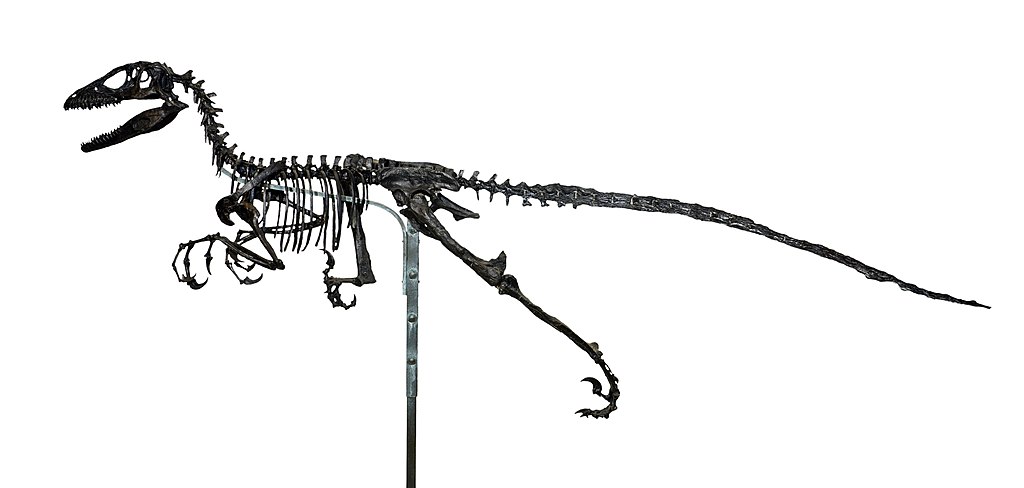
While many people might assume Velociraptor was the first raptor discovered, the honor actually belongs to Deinonychus antirrhopus, unearthed in southern Montana in 1964 by paleontologist John Ostrom of Yale University. This groundbreaking discovery occurred during an expedition near Bridger, Montana, in what is known as the Cloverly Formation. Ostrom and his team uncovered not just a single bone, but rather multiple skeletal elements from several individuals of the same species, providing a comprehensive view of this dinosaur’s anatomy. The excavation yielded approximately 1,000 bones, allowing for a nearly complete reconstruction of Deinonychus, something relatively rare in paleontological finds of that era. This wealth of material allowed Ostrom to conduct detailed studies and draw conclusions that would ultimately revolutionize dinosaur science.
What Exactly Are Raptors?

Before diving deeper into the significance of Deinonychus, it’s important to understand what defines a “raptor” in paleontological terms. Raptors, scientifically known as dromaeosaurids, constitute a family of feathered theropod dinosaurs that lived during the Cretaceous period, roughly 145 to 66 million years ago. These dinosaurs share several defining characteristics that set them apart from other theropods. Most notably, they possess a large, sickle-shaped claw on the second toe of each foot, which was likely held in a raised position while walking and used as a formidable weapon during hunting. Other common raptor features include relatively large brains, long arms with three-fingered hands capable of grasping, and bodies typically covered in feathers. The term “raptor” itself derives from the Latin word “raptor,” meaning “thief” or “plunderer,” reflecting their presumed predatory nature.
Physical Characteristics of Deinonychus
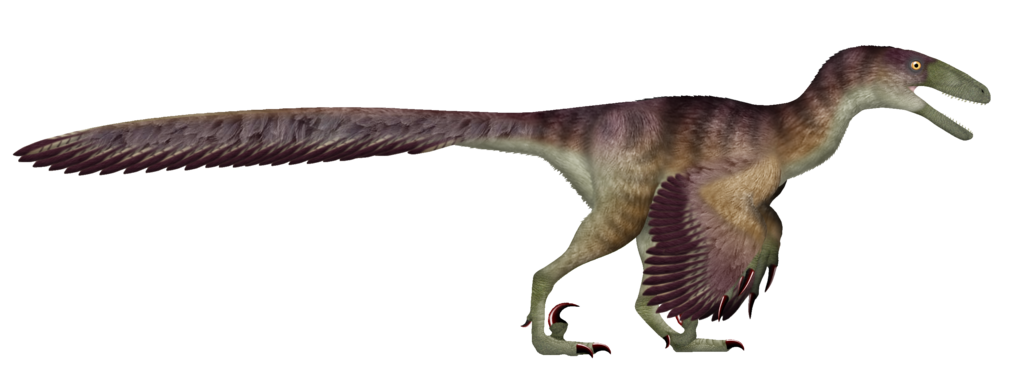
When Ostrom documented Deinonychus, he described a predator vastly different from how dinosaurs had previously been portrayed. Standing approximately 3.3 feet (1 meter) tall at the hip and measuring about 11 feet (3.4 meters) from snout to tail, Deinonychus was not among the largest dinosaurs, but it possessed features that suggested remarkable hunting capabilities. Most striking was the large, sickle-shaped claw on each hind foot, measuring up to 5 inches (12.7 cm) along its outer curve – the feature that gave the dinosaur its name, which means “terrible claw” in Greek. Its body was built for agility rather than raw power, with a stiffened tail that likely functioned as a counterbalance during rapid movements. The skull of Deinonychus housed relatively large eye sockets suggesting good vision, and its jaws contained about 60 curved, serrated teeth ideal for slicing flesh. The arms were proportionally long with three-fingered hands capable of grasping, making it well-equipped as an active predator.
The Revolutionary Impact on Dinosaur Perception

The discovery of Deinonychus challenged the prevailing view of dinosaurs as slow, lumbering, cold-blooded reptiles. Ostrom’s analysis of the skeletal structure, particularly the agile design of the feet, legs, and tail, suggested that this dinosaur was active, quick, and potentially warm-blooded. The raptor’s advanced features painted a picture of a sophisticated predator capable of running, jumping, and perhaps coordinating with others to bring down prey. This interpretation sparked what would become known as the “Dinosaur Renaissance,” a complete reassessment of dinosaur biology and behavior that began in the late 1960s. Paleontologists started reconsidering dinosaur posture, metabolic rates, and activity levels across all species, not just raptors. The perception shifted from seeing dinosaurs as evolutionary failures to recognizing them as diverse, successful animals that dominated terrestrial ecosystems for over 160 million years.
The Dinosaur-Bird Connection

Perhaps the most profound scientific impact of the Deinonychus discovery was how it strengthened the theory that birds evolved from theropod dinosaurs. In his detailed study published in 1969, Ostrom noted striking similarities between Deinonychus and Archaeopteryx, the oldest known bird from the Late Jurassic period. He identified numerous shared anatomical features in the wrist, hand, pelvis, and feet that couldn’t be dismissed as mere coincidence. This observation revitalized the hypothesis originally proposed by Thomas Henry Huxley in the 19th century that birds descended from dinosaurs, a concept that had fallen out of favor during the early 20th century. Ostrom’s evidence established a compelling evolutionary link between these seemingly different animal groups, initiating decades of research that would eventually confirm beyond reasonable doubt that birds are, indeed, living dinosaurs. The discovery of Deinonychus thus fundamentally changed our understanding of avian origins and dinosaur evolution.
Hunting and Feeding Behavior
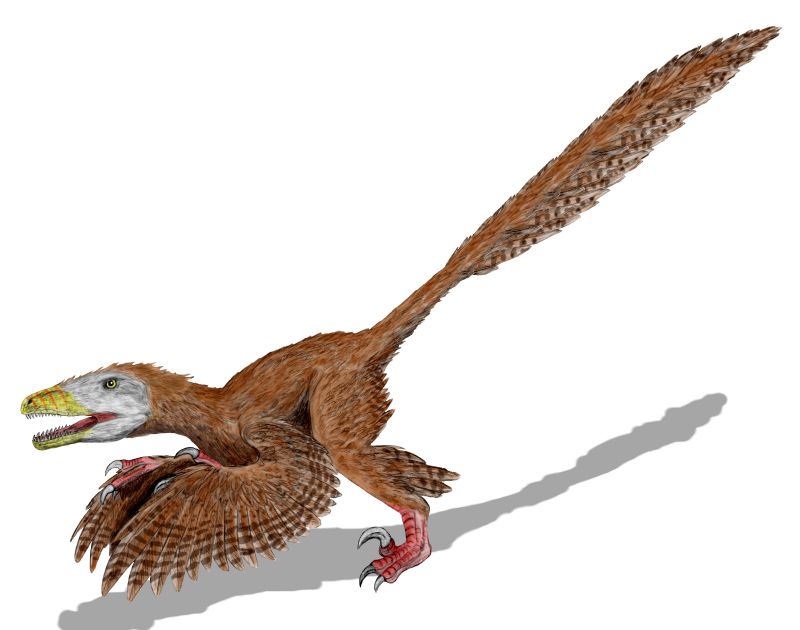
The anatomical features of Deinonychus provided the first strong evidence for sophisticated hunting behavior in dinosaurs. The large, sickle-shaped claw on each foot appeared designed for slashing or disemboweling prey, while the lightweight but strong skeletal structure suggested speed and agility. Ostrom proposed that Deinonychus might have been a pack hunter, based partly on the discovery of multiple individuals in association with the remains of a large herbivorous dinosaur called Tenontosaurus. This hypothesis suggested that these relatively small predators could have worked together to bring down prey many times their individual size, similar to modern wolves or lions. The concept of coordinated pack hunting implied complex social behavior and potentially advanced cognitive abilities, ideas that were revolutionary in dinosaur paleobiology at the time. While later research has both supported and questioned aspects of this hunting hypothesis, it fundamentally altered how scientists considered predatory dinosaur behavior.
The Jurassic Park Effect

While Deinonychus was the scientifically significant first raptor discovery, its close relative Velociraptor would later achieve greater fame through popular culture. When author Michael Crichton was researching his novel “Jurassic Park,” he drew heavily from Ostrom’s work on Deinonychus to characterize his fictional raptors. In fact, what the book and subsequent 1993 film labeled as “Velociraptor” actually more closely resembled Deinonychus in size and appearance. The real Velociraptor was considerably smaller, about the size of a turkey, though it shared the distinctive sickle claw and predatory features. This Hollywood portrayal, while not entirely accurate, brought raptors into the public consciousness and sparked widespread interest in these dinosaurs. The popularity of the franchise has had the positive effect of generating public enthusiasm for paleontology, even if it created some scientific misconceptions along the way.
Subsequent Raptor Discoveries

The discovery of Deinonychus opened the floodgates for the identification of other dromaeosaurid species around the world, greatly expanding our knowledge of raptor diversity. Significant later discoveries included Utahraptor from the Early Cretaceous of North America, which at up to 23 feet (7 meters) long dwarfed Deinonychus and confirmed that raptor features could exist in much larger dinosaurs. From China came spectacular discoveries of feathered raptors like Microraptor, which had four wings and appeared adapted for some form of gliding or flight. Bambiraptor, discovered in Montana in 1995, provided exceptional brain case details that suggested raptors possessed intelligence potentially comparable to modern birds of prey. The Mongolian Gobi Desert yielded Achillobator and better specimens of Velociraptor, including one found in apparent combat with a Protoceratops, providing rare evidence of dinosaur behavior frozen in time. Each new species has helped refine our understanding of raptor evolution, diversity, and global distribution.
Feathers and the Evolution of Flight
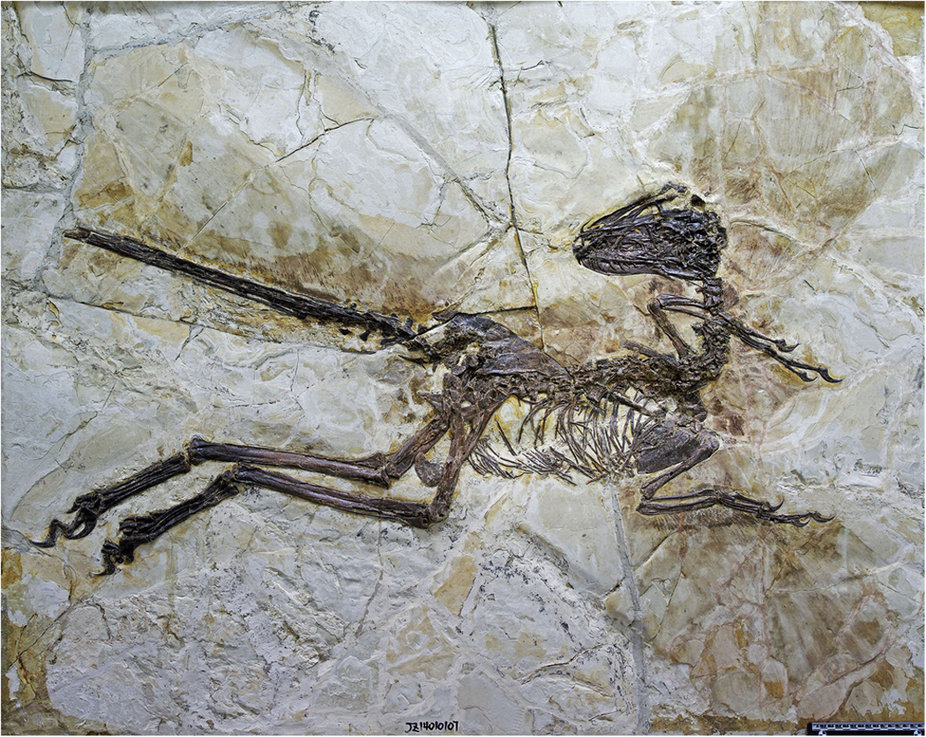
While the original Deinonychus fossils didn’t preserve direct evidence of feathers, Ostrom’s work connecting it to birds strongly suggested their presence. This prediction was spectacularly confirmed in the 1990s and 2000s with the discovery of numerous feathered dromaeosaurids in China’s Liaoning Province. These fossils, preserved in fine-grained lake sediments, revealed that raptors were covered with a variety of feather types, from simple filaments to complex structures nearly identical to those of modern birds. Species like Microraptor even possessed long flight feathers on both forelimbs and hindlimbs, suggesting it was a four-winged glider. These discoveries supported the theory that flight evolved in dinosaurs before the appearance of birds, with feathers initially serving functions such as display, insulation, or balance during predatory maneuvers before being co-opted for aerial locomotion. The evolutionary path from ground-dwelling dinosaurs to flying birds now appears to have progressed through a phase represented by raptor-like dinosaurs.
Insights into Dinosaur Metabolism

The active predatory lifestyle suggested by Deinonychus anatomy raised important questions about dinosaur metabolism and thermoregulation. Traditional views had portrayed dinosaurs as reptile-like ectotherms (cold-blooded animals) that relied on external heat sources to regulate body temperature. However, the apparent agility and potentially sophisticated hunting behavior of Deinonychus seemed inconsistent with fully ectothermic physiology. Ostrom suggested that this dinosaur might have had an elevated metabolism more similar to birds and mammals. This hypothesis gained support from later studies of dinosaur bone microstructure, growth rates, and the presence of insulating feathers in many theropods. Modern consensus holds that many dinosaurs, particularly theropods like Deinonychus, likely had metabolic rates intermediate between typical reptiles and birds, with some lineages evolving full endothermy (warm-bloodedness) as they approached the origin of birds. The first raptor discovery thus initiated a fundamental reconsideration of dinosaur physiology that continues in research today.
Controversy and Scientific Debate
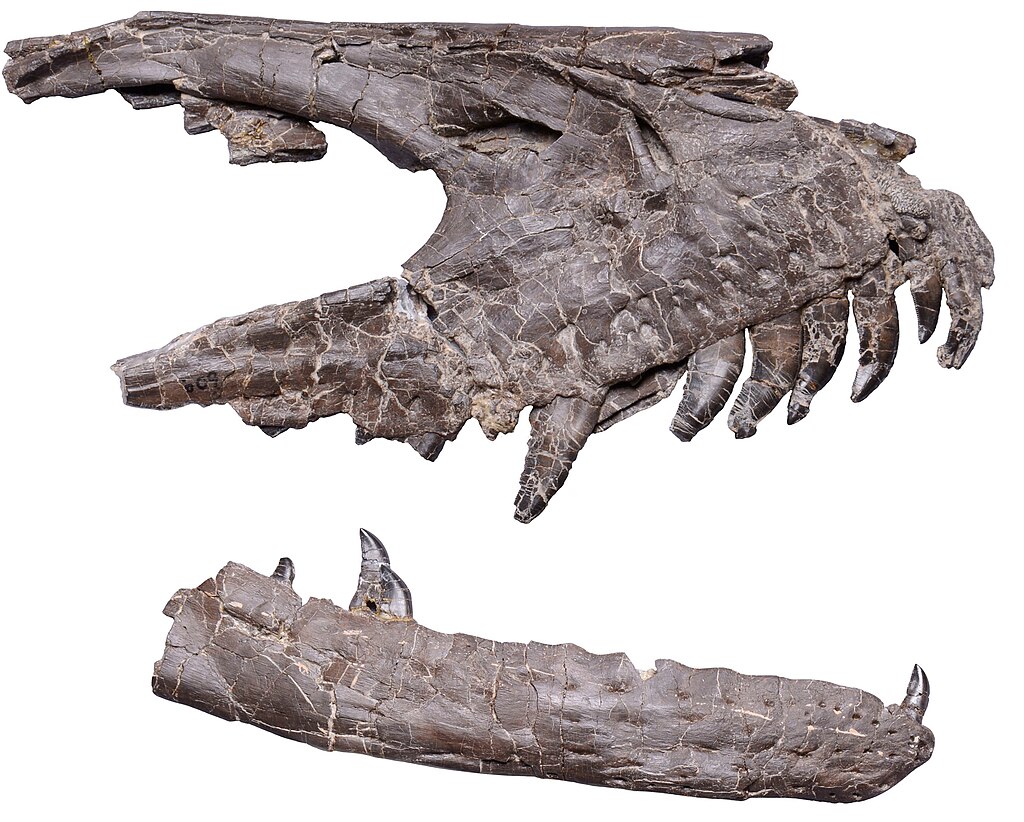
Not all of Ostrom’s initial interpretations about Deinonychus went unchallenged in the scientific community. His pack-hunting hypothesis, while compelling, has been subject to ongoing debate. Some researchers have pointed out that evidence of multiple individuals at kill sites could represent opportunistic feeding rather than coordinated hunting. The specific function of the sickle claw has also generated controversy, with alternative hypotheses suggesting it may have been used for climbing, restraining prey, or inflicting precise wounds rather than disemboweling. The posture and running capabilities of Deinonychus have been reassessed with increasingly sophisticated biomechanical analyses, refining our understanding of how this predator moved. These scientific debates illustrate the normal process of hypothesis testing and refinement in paleontology. Far from diminishing the importance of the discovery, these ongoing discussions highlight how the first raptor fossil continues to generate research questions that drive the field forward.
Modern Research Techniques

Since the discovery of Deinonychus in the 1960s, revolutionary technological advances have allowed paleontologists to extract even more information from raptor fossils. CT scanning has revealed internal structures of raptor skulls, providing insights into brain anatomy, sensory capabilities, and potential intelligence. Isotope analysis of fossilized teeth and bones has offered clues about diet and habitat preferences. Advances in comparative anatomy, particularly detailed studies of the wrist, shoulder, and pelvic structures, have further strengthened the dinosaur-bird evolutionary connection. Digital modeling and simulation have allowed researchers to test hypotheses about raptor movement, speed, and hunting capabilities with greater precision than was possible in Ostrom’s time. Even molecular studies have made contributions, with the controversial but exciting recovery of potential protein fragments from some dinosaur fossils offering a glimpse at the biochemical makeup of these ancient predators. Each new technique brings fresh perspectives to the raptor fossils first interpreted through purely observational methods.
The Legacy of the First Raptor Discovery

The discovery of Deinonychus stands as one of the most influential moments in the history of paleontology, comparable to the first recognition of dinosaurs as a distinct group in the 19th century. John Ostrom’s meticulous analysis changed the trajectory of dinosaur research, inaugurating the modern era of dinosaur studies that continues to flourish today. Beyond its scientific impact, this discovery transformed cultural perceptions of dinosaurs, replacing images of slow, tail-dragging reptiles with active, dynamic animals that captured public imagination. The findings inspired generations of paleontologists who have built upon Ostrom’s work to develop our current understanding of dinosaur biology, behavior, and evolution. Perhaps most significantly, the discovery strengthened the evolutionary connection between dinosaurs and birds, helping us recognize that dinosaurs never truly went extinct – they continue to thrive all around us in the form of more than 10,000 species of modern birds, a living legacy of the raptor lineage that first came to light with the discovery of Deinonychus.
Conclusion

The discovery of Deinonychus, the first raptor fossil, marked a pivotal moment in paleontology that reverberated far beyond scientific circles. This single finding triggered a cascade of revelations that transformed our understanding of dinosaurs from sluggish, primitive reptiles to active, complex animals with sophisticated behaviors and evolutionary connections to modern birds. The legacy of this discovery continues to unfold as new technologies and methodologies allow researchers to revisit the evidence with fresh perspectives. More than half a century after Ostrom’s groundbreaking work, the first raptor fossil remains a cornerstone of dinosaur science, reminding us how a single significant discovery can fundamentally alter our understanding of life’s history on Earth.



